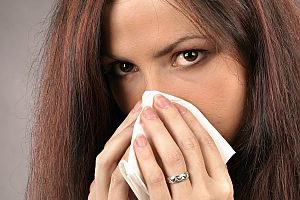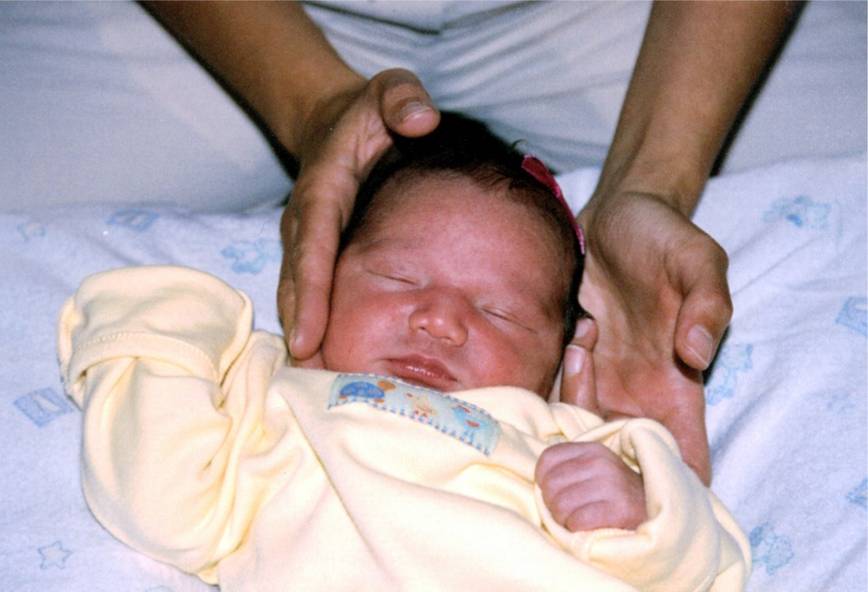What Is Immunotherapy and How Can It Help with Food Allergies?

Food allergies affect over 15 million Americans, including 1 in every 13 children under the age of 18. The symptoms of these allergic reactions can range from minor (e.g., itching, swelling of the lips, intestinal cramps, diarrhea, and vomiting) to major or even life-threatening (e.g., development of hives and rashes, tightening of the throat to the point of being unable to breathe, significant drops in blood pressure).
Having such an allergy—or being the parent of a child with such an allergy—can impose unwelcome lifestyle limitations and cause a great deal of anxiety. At present, there is no known cure for serious food allergies that works for everyone. This means that the best approach for the time being is to completely avoid the food product to which you or your child has an allergic reaction. However, this is not always practical or possible to do. That’s why the majority of “treatments” currently available focus on managing the symptoms after an attack has taken place. For instance, individuals with serious food allergies may carry an auto-injector filled with epinephrine (adrenaline) with them at all times, just in case.
Naturally, because of the seriousness and the prevalence of food allergies, a great deal of research is being conducted on treatments to desensitize individuals to the foods they are allergic to. This may effectively “cure” the allergy for some sufferers. One of the fields that shows promise is the study of immunotherapy (more precisely, low-dose immunotherapy), in which extremely small amounts of the allergen are administered to allergy sufferers over time. The basic idea behind the experimental treatment is that the body will develop a tolerance to these low doses and that the allergic reaction will gradually cease.
The first work in immunotherapy was undertaken in the 1960s in England by Dr. S. Popper, who was trying to cure allergic reactions to pollen by injecting patients with low doses of the allergen in combination with the enzyme beta-glucuronidase in an approach called “enzyme potentiated desensitization” (EPD). While the then-experimental treatment showed early success, its use in the U.S. was suspended by the FDA for administrative reasons in 2001. However, follow-up work continued and an enhanced American version of the EPD injection called Low Dose Allergens (LDA) was later introduced.
The obvious drawback of this type of therapy is that the doses have to be injected by a physician. It is also necessary for patients to avoid outside exposure to larger doses of the allergens and to many medications while the treatment is underway. However, other researchers have continued to study desensitization via immunotherapy with the goal of finding other mechanisms of administering the low-dose allergens, such as oral medications, sublingual (under the tongue) medications, and others.
Some of the most promising work in this field is being performed at Stanford University School of Medicine by Kari Nadeau, Associate Professor of Allergies and Immunology. Nadeau is working with children afflicted with peanut allergies. Her approach is to give them minute doses of the peanut allergen and gradually escalate the doses over a period of months in the hope of them eventually developing immunity. Up to this point, Nadeau’s technique has produced positive results for many patients, but it does appear to have limitations. First, the therapy doesn’t seem to offer a permanent “cure”. Patients must continue to take low doses of the peanut allergens or risk losing their immunity. If they stop for more than a few days, the allergies can come back. Second, the treatment itself is time-consuming and often expensive.
While the jury is still out on immunotherapy, the concept shows promise. However, progressing from concept to proven treatment is clearly going to take much more work. As it stands today, some immunotherapy approaches work for some patients but don’t work for others. Plus, there are questions about how long immunity actually lasts and whether it must be maintained or periodically boosted. This is clearly a very important consideration since patients could run the risk of unknowingly losing immunity and coming into contact with the allergen, allowing it to trigger an unexpected—and potentially serious—attack.
So if you suffer from food allergies and are looking for a way to diminish them, the best advice we can offer at this time is to continue following the research and to consult with your own healthcare providers about the potential benefits and risks in your own case. If you do decide to pursue immunotherapy, be sure that it is being administered and overseen by well-trained medical professionals who can monitor progress and watch for side effects.



